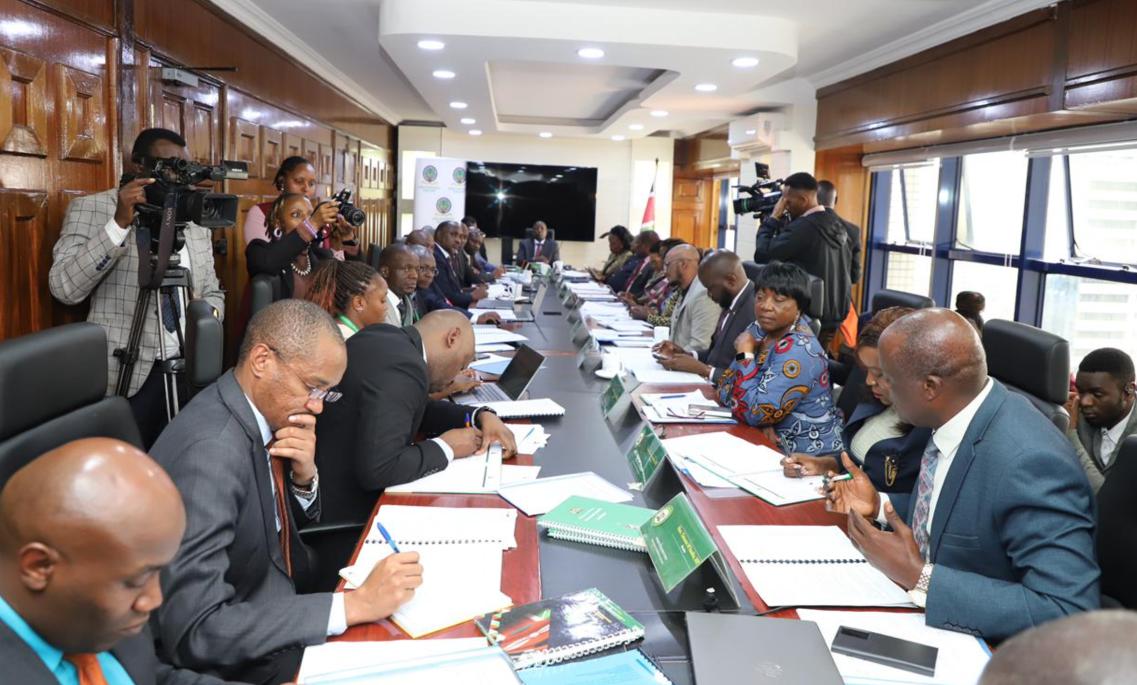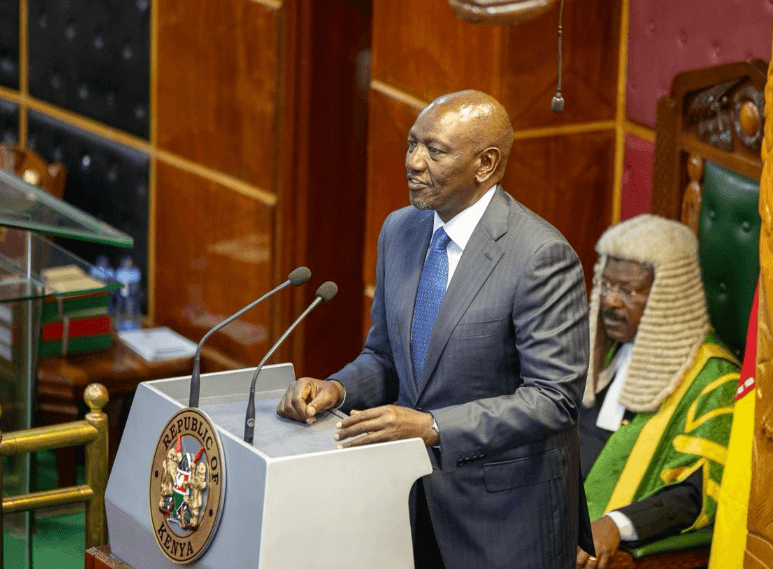
The Higher Education Loans Board (HELB) has revealed that its non-performing loan portfolio has ballooned to Sh33.2 billion as of June 2025, reflecting deepening economic challenges and youth unemployment.
In a presentation to the National Assembly’s Committee on Education, HELB disclosed that 292,122 loan accounts are currently non-performing.
“The non-performing accounts largely reflect macroeconomic challenges such as youth unemployment, income instability, and limited enforcement mechanisms,” HELB stated.
The board said it has recorded 1.03 million matured loan accounts to date, with 245,030 of them fully cleared, amounting to Sh31.6 billion.
Meanwhile, 490,817 accounts remain active and performing, with a combined loan value of Sh69.4 billion.
HELB identified several key factors contributing to the rising non-performance rate.
It said youth unemployment and underemployment, particularly among recent graduates, have significantly affected repayment capacity.
The board added that high inflation and economic uncertainty have eroded loanees' disposable incomes, limiting their ability to meet loan obligations.
HELB highlighted that operational challenges within the eCitizen platform, including delayed reconciliations, lack of automated repayment options such as standing orders or direct debits, and the absence of viable channels for diaspora loanees, have hindered efficient loan recovery.
Additionally, the board said legislative and regulatory gaps continue to restrict HELB's access to critical third-party data, such as information from the Social Health Authority (SHA), telecommunications firms, and utility providers.
According to HELB, these data constraints limit both recovery efforts and the board’s ability to accurately assess applicants’ financial need.
“The inability to leverage external data sources undermines loan recovery and compromises the fairness of our need-based allocation,” the board noted.
HELB also pointed to structural issues, citing the rapid growth in student enrolment without a corresponding increase in government funding.
Despite the challenges, HELB highlighted steps taken to
improve resilience and align with national development goals.
These include the establishment of sector-specific loan funds in partnership with government ministries and development agencies, designed to support priority sectors outlined under Kenya’s Vision 2030.















![[PHOTOS] Betty Bayo laid to rest in Kiambu](/_next/image?url=https%3A%2F%2Fcdn.radioafrica.digital%2Fimage%2F2025%2F11%2F3b166e2e-d964-4503-8096-6b954dee1bd0.jpg&w=3840&q=100)

